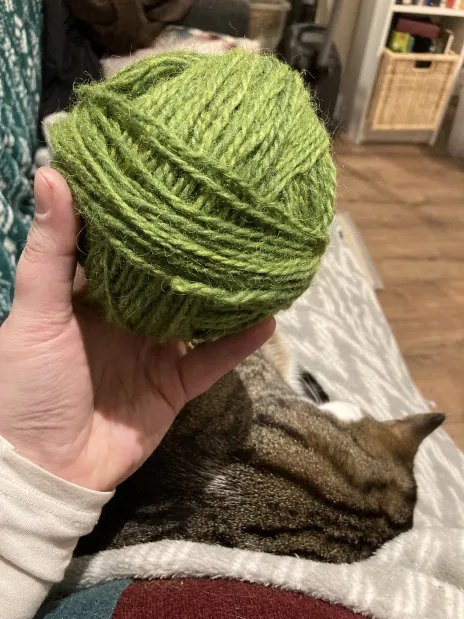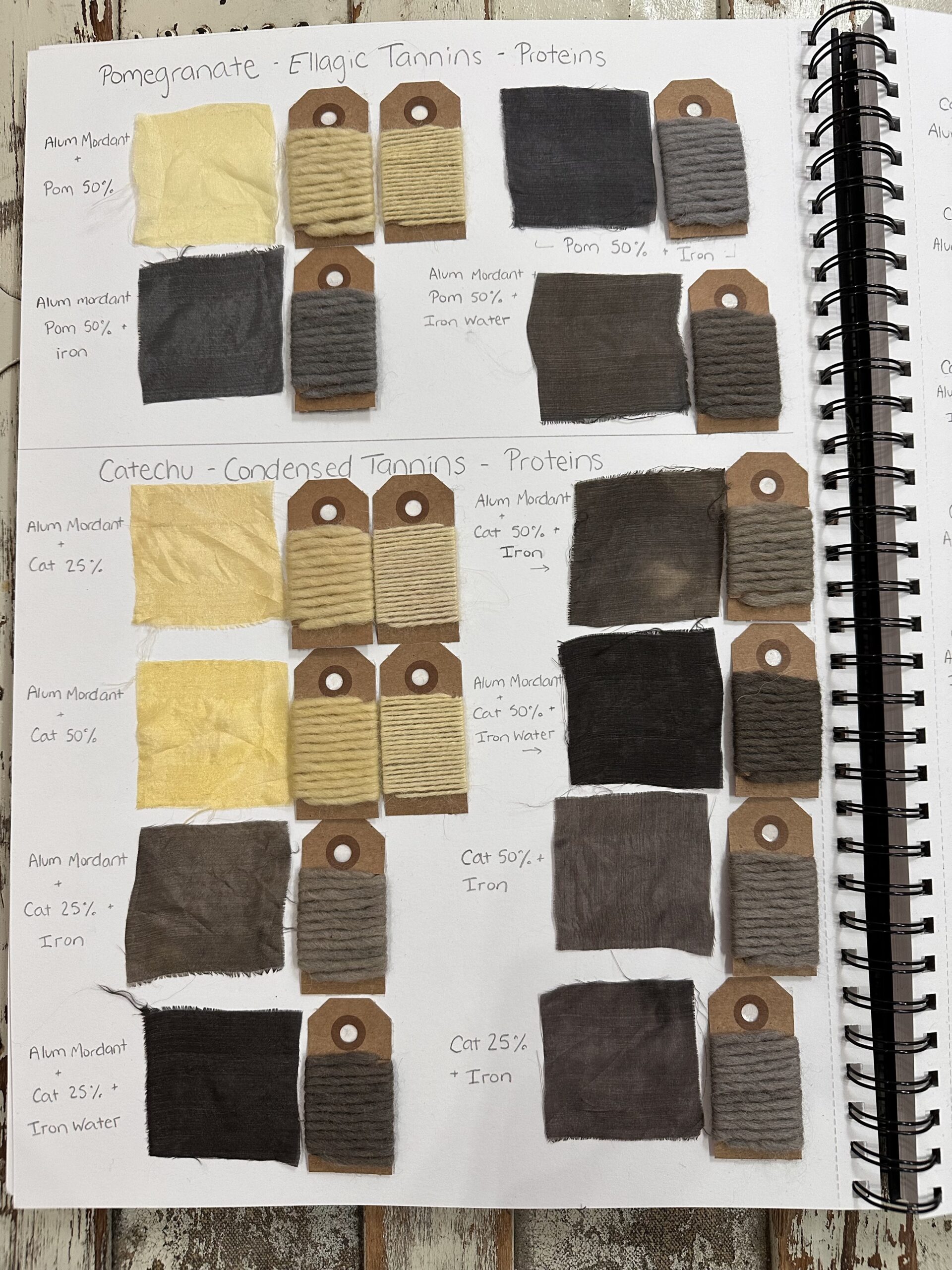In December Eiscir Airgead in the Barony of Eplaheimr hosted a day of mead making, candle dipping and, as is becoming traditional, dyeing. On this occasion I decided to go for another indigo bath since we enjoyed our first attempt at Coronet very greatly, but I wanted to see what improvements we could make. I also wanted to see if people had some other things they wanted to try to overdye. I believe, given how expensive cloth would have been in period, overdyeing was a very frequent thing in period for most people not swimming in money of an evening. I will just say that candle dipping is absolutely brilliant, but it’s not a subject suitable for this particular blog, so I will deal with that elsewhere.
There were a few things we wanted to try with the indigo
- Would the dye bath go greener beneath the “flower” than last time? (not really)
- A better pour method I saw on YouTube to reduce the danger of introducing oxygen back into the dye bath. (yes, better, but not to a startling degree)
- dipping more often to make the colour stronger (absolutely)
- dyeing material as well as my usual sample yarn (I can see there will be a knack to dyeing fabric to avoid blotchiness)
- overdyeing old cotton (took a decent colour, but same, re blotchiness, but was expecting that)
- Lincoln Green! (what we modernly call the green that comes from overdyeing weld yellow with indigo or woad) – achieved!
- What happens if we draw on fabric with wax before we dump it in the bath? (I will have to follow up on what happened to them when they were dry, more later.)
I am a huge fan of the collaborative workshop way of learning, it meant that different people on the day had some great ideas of ways to try stuff out, and Noble Mallymkun Rauði very kindly brought their Tjanting Tool (a pen like instrument to draw with molten wax) and paraffin wax along to play with. There was some fabulous ornamentation going on down one end of the bench while candle dipping was happening. Master Aodh brought along a cotton t-shirt to try overdyeing, and Lady Katie had picked up some linen napkins for me (though I actually forgot to use them on the day, but have them for the next one). We had gotten a taste of overdyeing weld with indigo so I took some very abused wool that was in a very tangled and unhappy state that had been mordanted, roughly, at Battle Colours and gave it a good long soak in a weld bath.
This is how not to treat wool based on this example
- don’t mordant it after a half hearted scour. My normal scouring isn’t terrible – though I have learned from Katie some very interesting pointers about scouring from the dyeing course she’s on, and soaking the fibres for an awful lot longer than I have been doing before adding to the dye bath – but this wasn’t even that.
- don’t just hack off lumps of it for testing in small pots of colour, It just makes a knotty monster
- don’t leave it tangled and forlorn, damp and uncared for outside in the elements for over a week
(those parts are common sense really, it was an unfortunate and uncared for, not particularly great, ball of wool, so it didn’t get a whole lot of love.) - Too much alum will make wool feel sticky – it wasn’t too bad, but I had mordanted it in a hurry to have more to hand for people to just play with, rather than the more carefully prepared stuff for the class part.

But here is the colour it became and you can see that even with the woefully damaged fibres it’s pretty great, (even better in real life) so I can see a lot of me trying a lot more carefully to achieve this green more often.
And this is how it looked when patient hands untangled it and wound it, thank you THL Alays!!

Why “Lincoln Green”? That’s a subject of some debate and not a small amount of Robin of Sherwood Romance. Lincoln Green is more correctly associated with woad overdyed with weld, and it was a process that was supposed to have been stringly associated with dyers in Lincoln in England, which was a notable centre for cloth production in later period. Since the active colour in indigo and woad is the same thing I’m just appling the name here. I am curious how much of a difference, if any, would it make to overdye the other way around to how I did it, that being weld first, then woad. I apply the name only because in modern SCA circles it’s an effective shorthand for the method of obtaining the green colour and a general pointer as to the shade (many things could create differences in the final actual shade so it’s probably more accurate to think of lincoln Green as a range rather than a specific colour.) It’s important to note that the method was by no means restricted to Lincoln or at all likely to have originated there, but it is a useful term that will get people thinking in the right direction.
Having had the success with green by overdyeing I will soon be trying out purples by overdyeing cochineal and indigo, which should be fun, and I reckon I’ll have to have another go with the green on fabric, because I would definitely like to see garb items in that colour in my future.

Leave a Reply